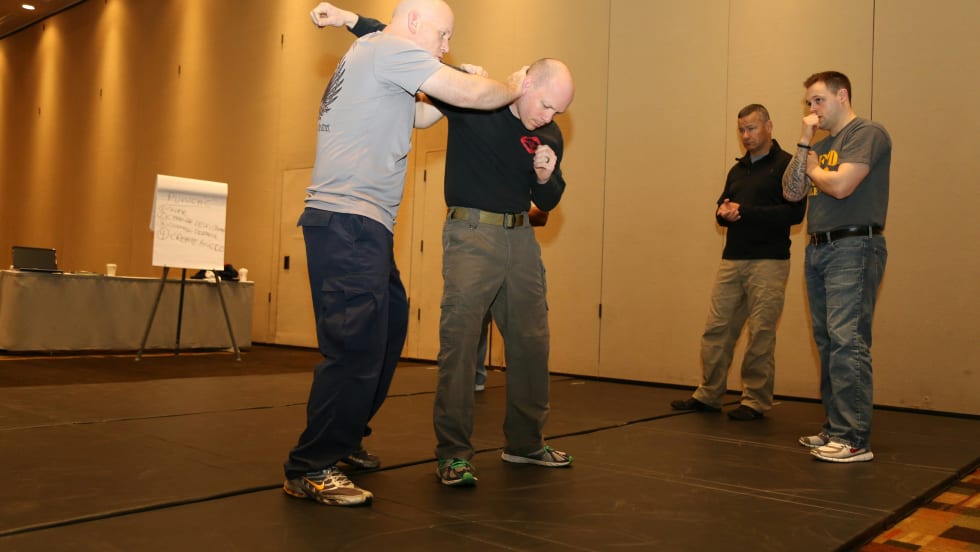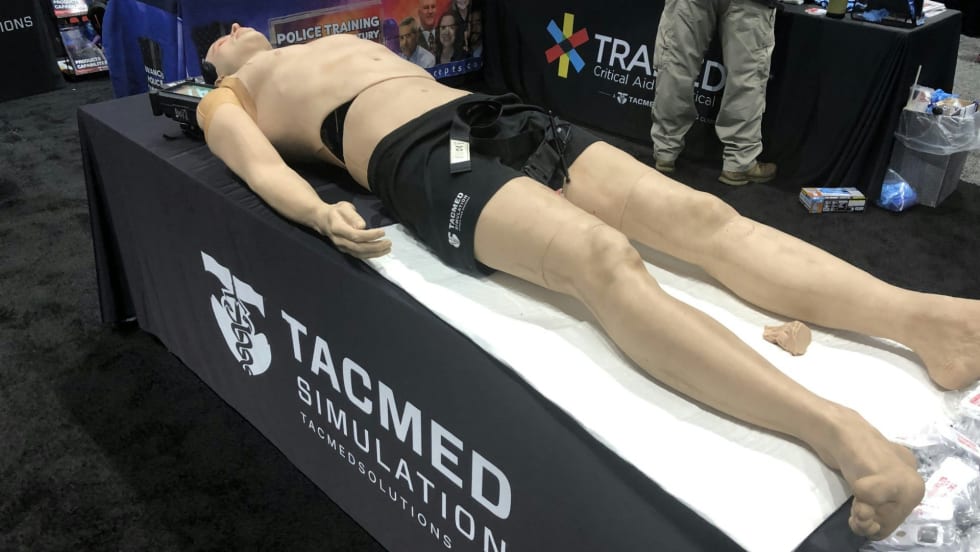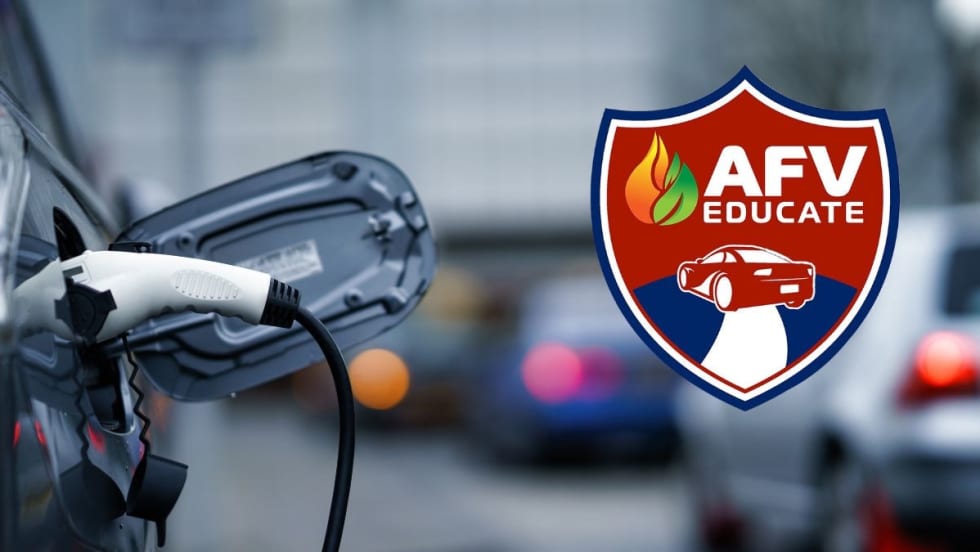CMPD investigators are now sorting out the details of the accident that claimed the life of Officer Thornton, who was the longest-tenured tactical officer with the agency. So we'll have to wait until they finish their work.
However, it should be pointed out that diversionary devices, or "flash-bangs," pack a punch — heat exceeding 1,000 degrees Fahrenheit, a blast reaching 175 decibels and a flash of 1 million Candle-power. As such, safe handling of them is a must.
"Certainly in my position seeing thousands of deployment reports, we emphasize that these are extremely dangerous devices," Don Whitson, a 23-year SWAT veteran with the Fort Collins (Colo.) Police Department, tells POLICE Magazine. "But the trade-out for the safety of the citizens and officers outweighs the dangers of handling them."
Whitson, who teaches a National Tactical Officers Association (NTOA) course on less-lethal weapons, said he was unaware of an officer death caused by a flash-bang device, but acknowledged that it would be possible. Whitson's 40-hour course covers chemical agents, flash bangs and impact projectiles. He introduces officers to the range of less-lethal deployment options that include aerosol, blast grenades, and launched ferret rounds.
"I'm aware of a number of injuries, but I'm not aware of any deaths," Officer Whitson adds. "I've heard anecdotal reports of suspects injured and killed."











